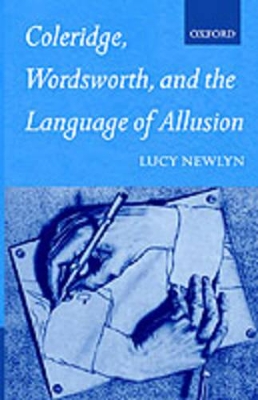Oxford English Monographs
1 total work
In this study of two creative minds, Lucy Newlyn offers a new version of the Coleridge-Wordsworth interaction during its most crucial years: 1797-1807. Rejecting all those accounts (including the poets' own) which have sought to construe difference as compatibility, Newlyn argues that it is only on the surface that each poet appears the other's ideal audience. Below the surface, there were radical differences, of a theoretical and imaginative kind, which led to
misunderstanding. It is the central argument of Coleridge, Wordsworth, and the Language of Allusion that such 'misunderstanding' was creative and, for both poets, a means of self-definition. The key to this interpretation is in the poets' private language: they were not only 'men speaking to men', but
poets speaking to poets, and it is in their use of literary allusion that their tacit opposition emerges. Indeed, by examining the range of strategies open to any writer using private allusion, Newlyn's study reveals this mode to be potentially the most aggressive of literary forms.
misunderstanding. It is the central argument of Coleridge, Wordsworth, and the Language of Allusion that such 'misunderstanding' was creative and, for both poets, a means of self-definition. The key to this interpretation is in the poets' private language: they were not only 'men speaking to men', but
poets speaking to poets, and it is in their use of literary allusion that their tacit opposition emerges. Indeed, by examining the range of strategies open to any writer using private allusion, Newlyn's study reveals this mode to be potentially the most aggressive of literary forms.
